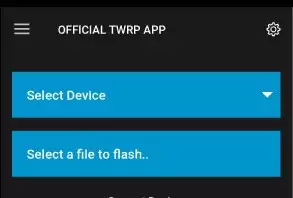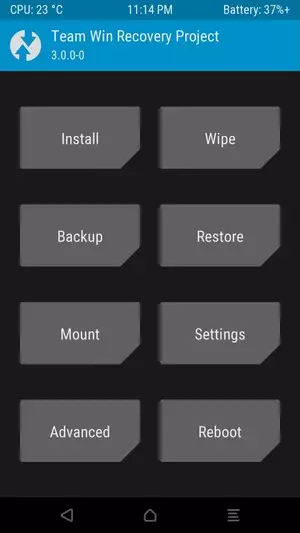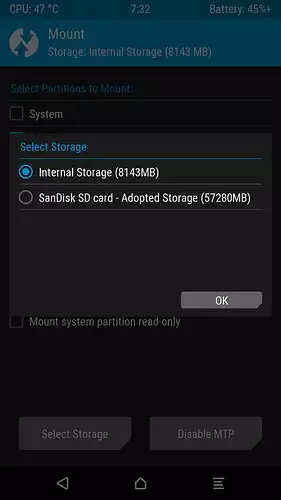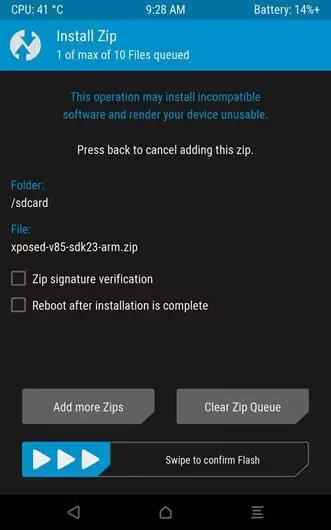Flash firmware on Meitu Kiss
Mobiles >> Meitu >> Meitu Kiss| Specifications | Reviews | Secret codes |
| Unlock phone | Root phone |
| Backup | Flash Firmware | Screenshot |
How to flash Meitu Kiss?
Why reinstall the firmware?
Errors in the Android OS start to appear regularly.
Apps won't open.
Some programs from the Play Market do not start.
The phone restarts or shuts down randomly.
The phone began to slow down a lot.
You want to update the firmware, as it does not suit you in terms of functionality.
Where can I find the firmware?
On the website of your phone manufacturer.
On sites where third-party developers and phone manufacturers post custom or official OS.
What should be done before installing the firmware?
Create a backup copy of user data, contacts and photos and transfer it to your computer.
Insert an SD card into your phone to write the firmware to it.
Find information about your smartphone model.
Fully charge your device. If the battery runs out during the firmware, the device will no longer turn on.
Find and download the archive with Firmware. Place it on the SD card.
Installing TWRP Recovery
Download and install the Official TWRP App from the Play Market.
When you start the application for the first time, you need to give consent to future manipulations, as well as to give consent to granting the application Superuser rights and click the 'OK' button.
On the next screen, you need to select the 'TWRP FLASH' item and give the application root-rights.

On the main screen of the application, click 'Select Device', and find your phone model.
After selecting the phone, the program will redirect the user to a web page to download the corresponding image file of the modified recovery environment. Download the proposed *.img file.
After downloading the image file, go to the main screen of the Official TWRP App and press the 'Select a file to flash' button. Then we tell the program the path where the file loaded in the previous step is located.
Press the 'FLASH TO RECOVERY' button and confirm your choice, press 'OK'.
When the message 'Flash Completed Succsessfuly!' appears. Click 'OK'. The TWRP installation procedure can be considered complete.
Copy the firmware and other necessary files to the SD card.
Insert a memory card into your phone.
To reboot into recovery, you need to enter the menu accessible by pressing the button with three stripes in the upper left corner of the main screen of the application. Select the 'Reboot' item, and then click on the 'REBOOT RECOVERY' button. The phone will reboot into the recovery environment automatically..
Firmware via TWRP

Before flashing, you need to clear the 'Cache' and 'Data' sections, press 'WIPE' on the main screen. You will delete all user data from the phone, this will avoid software errors and other problems.
Now you can start flashing. Click the 'Install' button.

On the file selection screen, at the very top there is a 'Storage' button for selecting an SD card.
Select the location where the files were copied. Press the OK button.

Find the file we need and click on it. A screen opens with a warning about possible negative consequences, you need to check the item 'Zip signature verification', which will avoid using corrupted files when writing to the phone's memory sections.
The procedure for writing files to the phone's memory will begin, this is accompanied by the appearance of inscriptions in the log field and the movement of the progress bar.
When the procedure for installing the firmware is completed, the message 'Successful' appears on the screen.
Summary: GSM frequencies: 900 1800; Standard UMTS: 2100; Standard LTE: no; Type: Touch; Dimensions (W x H x D): 133.50 x 67.50 x 9.30 mm; Weight: 137.50 g; Main display: Color / IPS TFT16M colors720 x 1280 px (4.50") 326 ppi; Display protection: no; Standard battery: Li-Ion 1800 mAh; Quick battery charging: no; Internal memory: 8 GB; RAM memory: 1 GB; Memory cards: yes, microSD, microSDHC (up to 32 GB); Operating system: Android 4.2 Jelly Bean; Processor: MediaTek MT6589; Processor clock: 1.20 GHz; Number of cores: 4; GPU: PowerVR SGX544 MP1 @286 MHz; Touchscreen: yes; DualSIM: no; Announced: -; Camera location: Back; Photo matrix: 8 Mpx; Flash: yes, LED; ...
Comments, questions and answers on the flash firmware Meitu Kiss
Ask a question about Meitu Kiss



